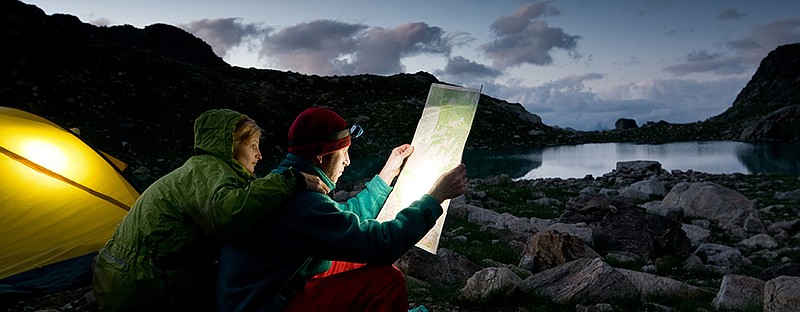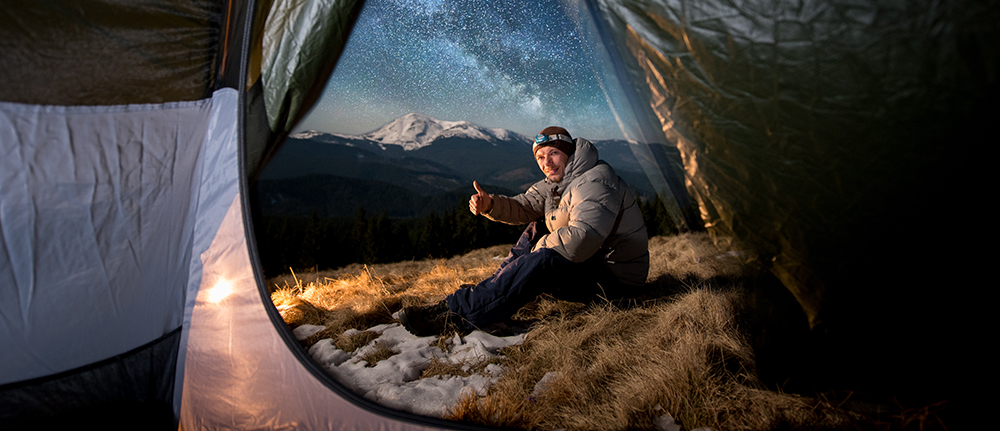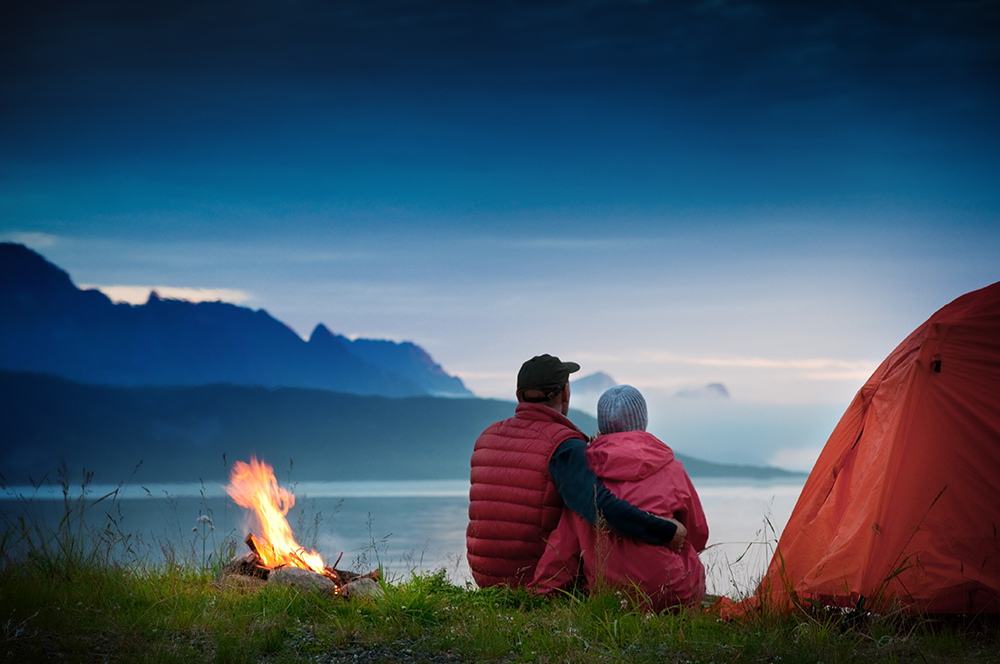The world is your playground. It can also be your campground. Well, about one-quarter of it in the U.S., anyway. The combined 5.9 million miles of land operated by the U.S. Forest Service, Bureau of Land Management and U.S. Fish and Wildlife Service comprise more than 23 percent of the entire country.
And while most state and national parks have established campsites even in the backcountry that require permits (and payment) for a night under the stars, their less-frequented counterparts have an open-door policy when it comes to pitching a tent.
That's not to say camping in these areas is without rules, though. Most stem from the fact that the lands are without amenities - as in zero. No potable water. No bathrooms. No tent pads. No trash cans. No picnic tables. And, let's just repeat: no bathrooms.
For that reason, it's important to know (and follow!) Leave No Trace ethics.
Let's look at some other numbers related to dispersed camping, the term for camping outside of designated campsites.
100: Percentage of what you take in that you must pack out
14: Average number of days you can set up camp at a dispersed site before being required to move on
6: Number of inches deep a cathole needs to be for human waste
100: Number of feet from a water source campsite should be, at minimum
150: Maximum number of feet you should camp from the roadway
1: Number of miles, at minimum, outside designated campsites one must typically travel for dispersed camping
84: Percentage of wildfires nationwide caused by humans. Be sure you stir the ashes to make sure no embers are left. You should be able to hold your hand in the ashes with no problems.
0: Amount of living foliage you can use for a fire. Dead and downed trees only.
174: Number of national forests and grasslands managed by the U.S. Forest Service
While there are no amenities, there's also no comparison to the adventure and vantages dispersed camping opens up. Most national parks are bordered by national forests, so if you're headed to a popular spot, say Grand Teton National Park, consider heading off the grid for a good night's sleep regardless of whether you've got a permit.
To help put you on the path to your perfect campsite, here are four resources:
1. The ranger station closest to your destination. No one knows the land like those responsible for it.
2. Freecampsites.net, an online forum with tips and a map of spots with ratings as uploaded by users.
3. U.S. Forest Service motor vehicle use maps. These free resources detail which roads are open to varying levels of motorized traffic, thus providing good starting points for your campsite search. Some even show previously used dispersed campsites. Whenever possible, you should use a site that's already been used, to minimize damage to the environment.
4. Google Maps. Large swatches of green signify possibilities. Switch over to Google Earth for more a more detailed preview once you've narrowed down your search. Happy hunting!


